By Sean Fagan
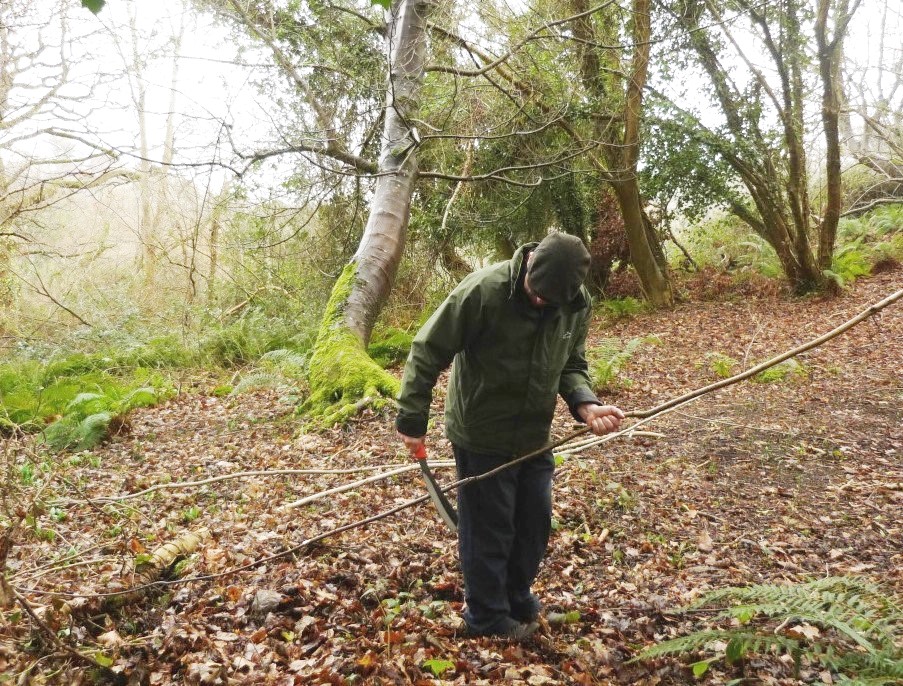
Limbing a hazel branch with a parang, Ireland. Limbing is simply the process of removing side branches from a main branch and is mostly done with either an axe or parang/machete. It can be done with a knife but requires more effort (Photo: Sean Fagan).
.
.
About 6 months ago I bought my first parang.
Parangs, like machetes, are one of the main cutting tools for rainforests.
The axe may be considered the king of sharp-edged tools for bushcrafters in the coniferous woods of the north - while the saw and knife comes into its own in temperate woodlands…but the greater reality is that all three of these tools can be used effectively in both types of woodlands.
Not only can they be used on their own to great effect - but when used together they are a powerful, versatile trio.
So many bushcraft projects can be fashioned with these three tools – from a spoon to a log cabin. They are amazing, enabling tools when used effectively and safely.
But when it comes to the densely-vegetated, tropical rainforests a more specialised tool is often required…
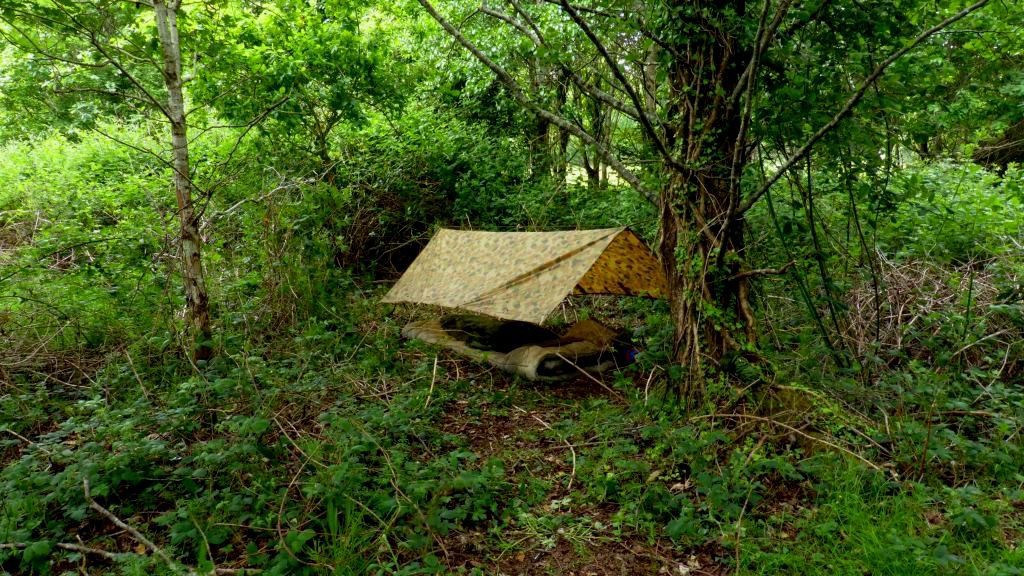
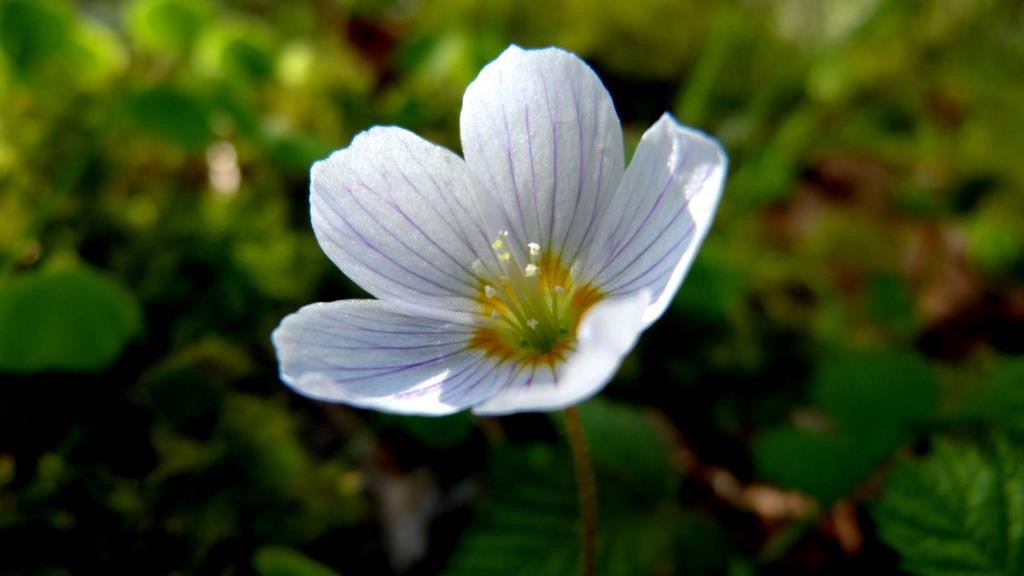
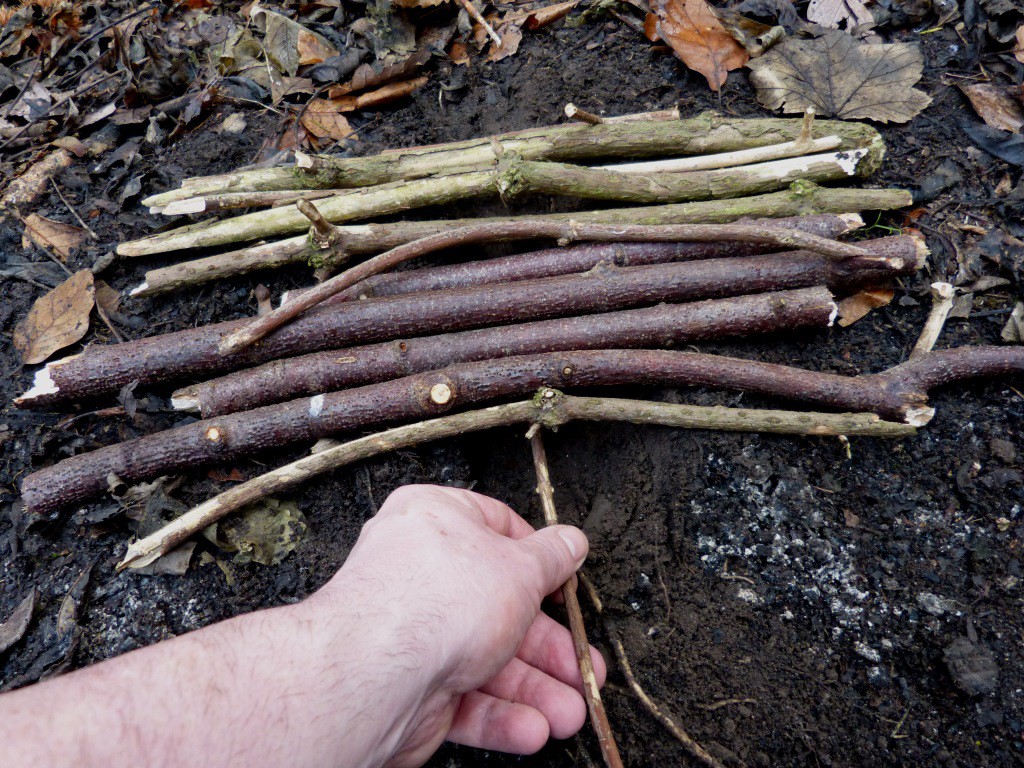
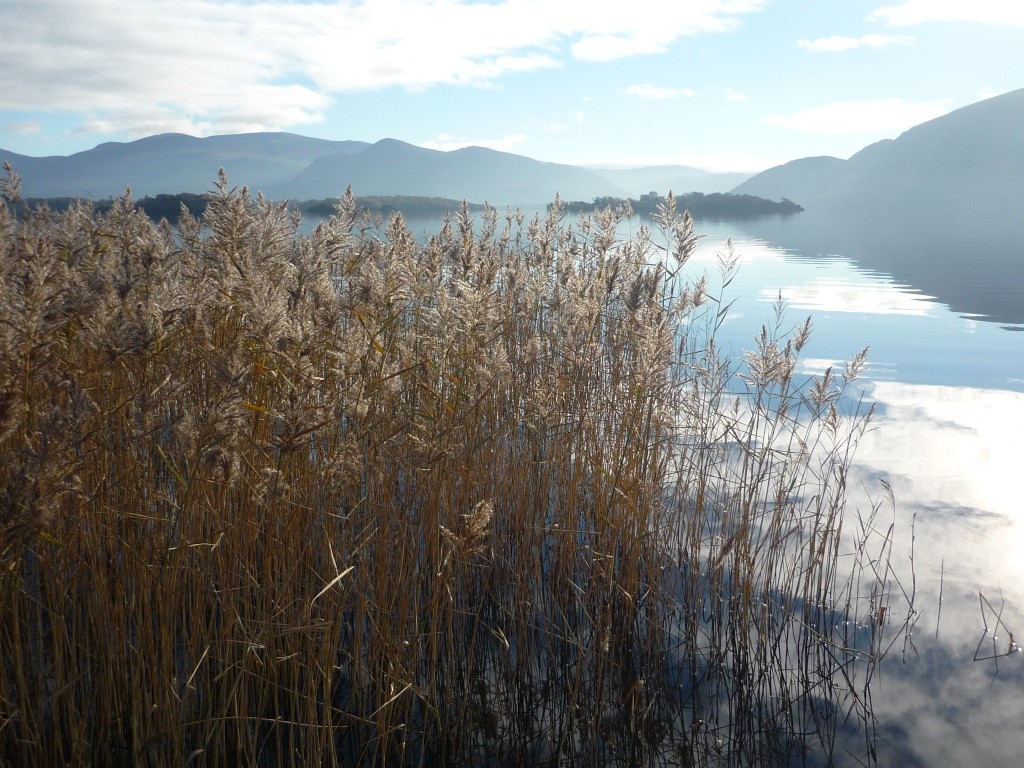



Recent Comments